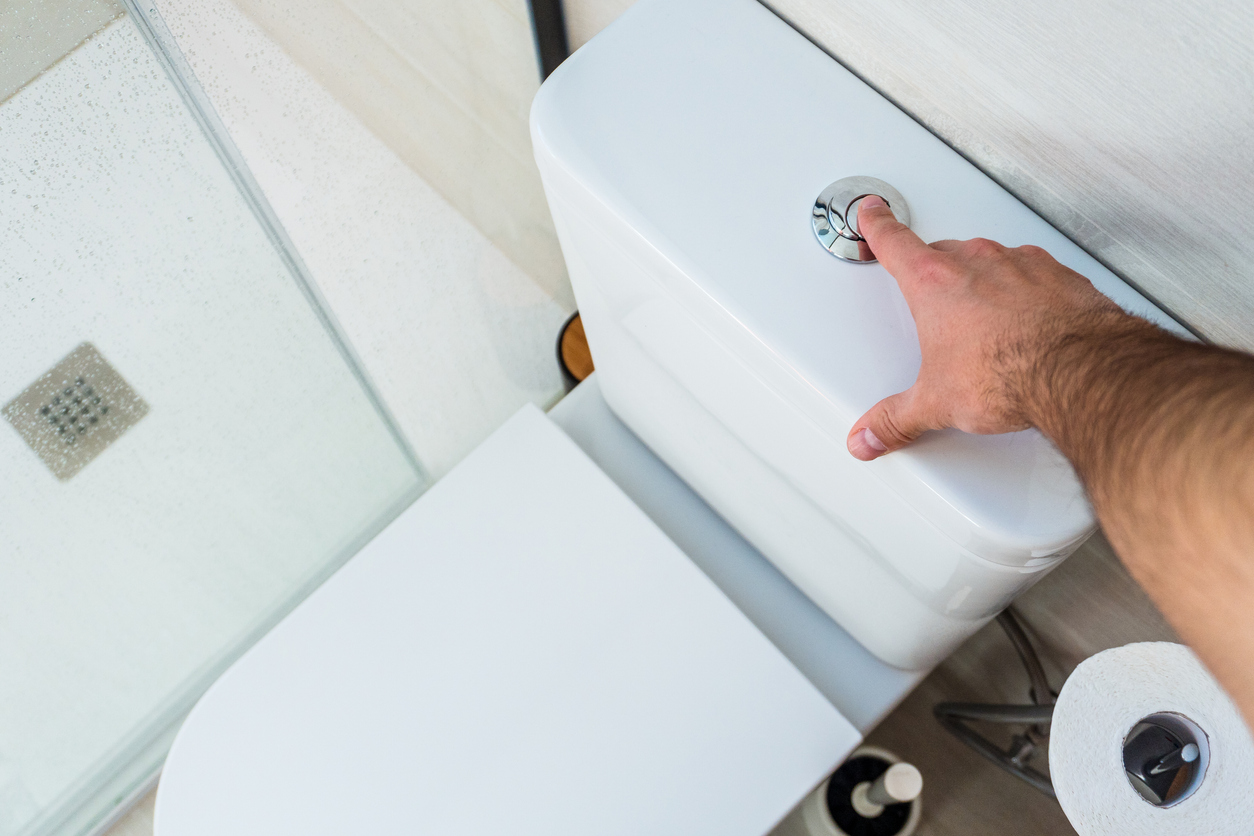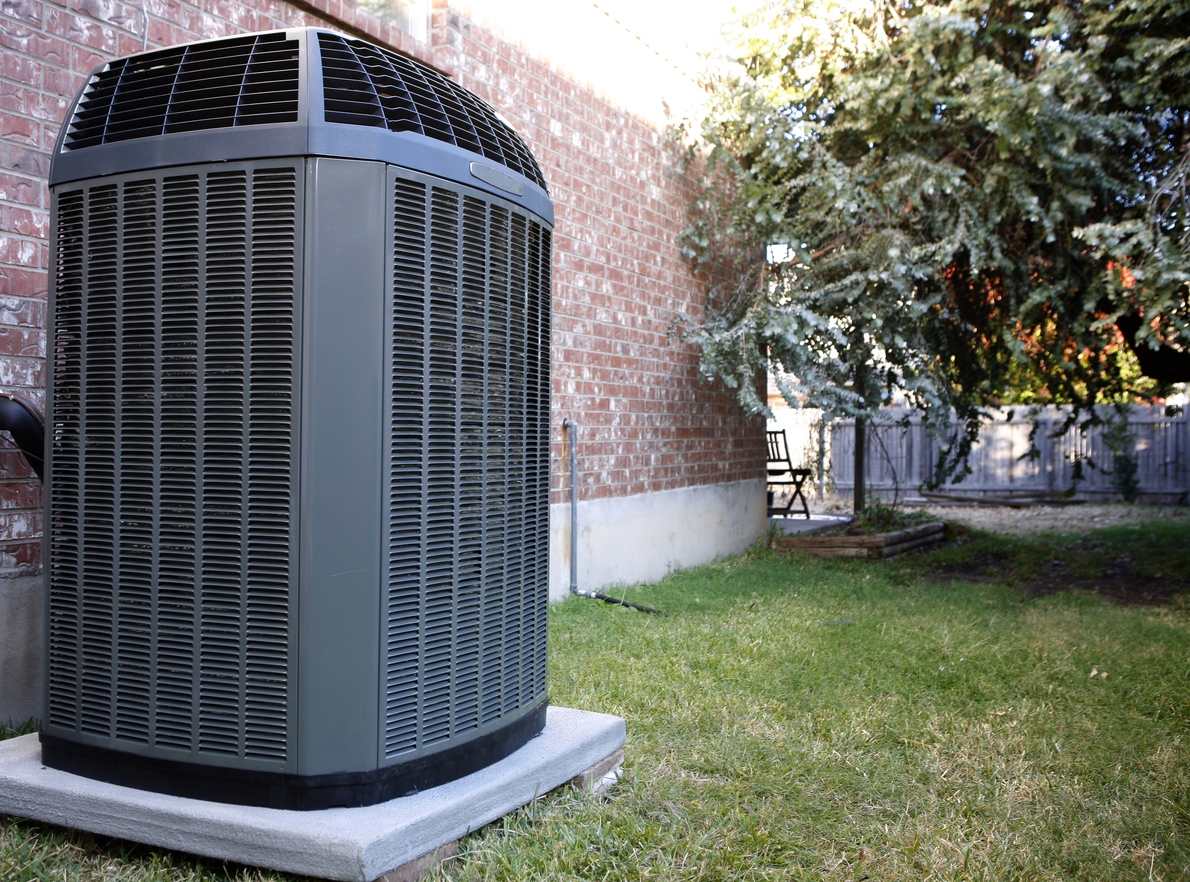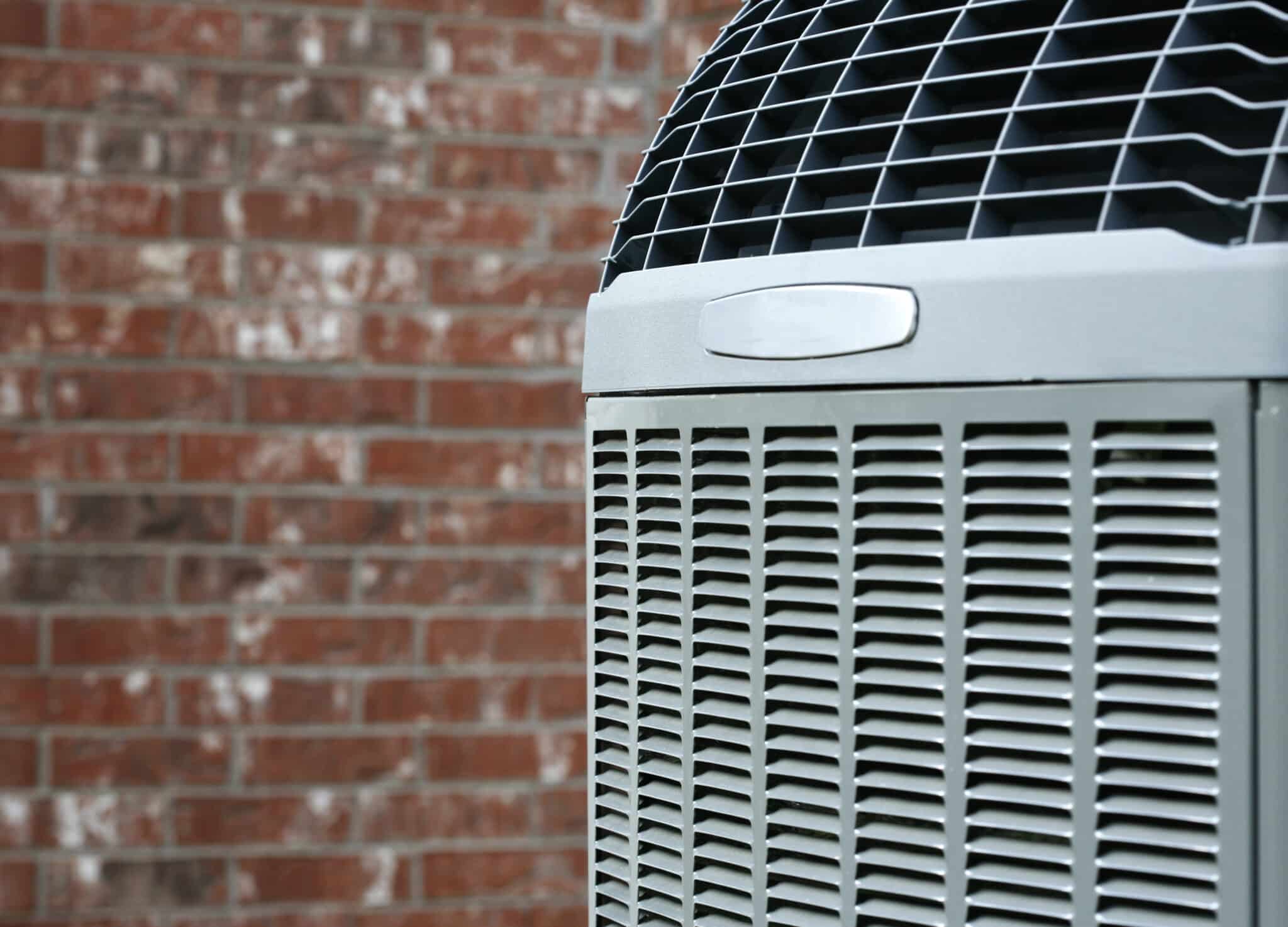6 Reasons You Have Water Discoloration

When water changes its color, it isn’t a problem limited only to a few select areas. This temporary problem is also experienced by various water distribution systems. Breaks in the main water line, firefighters doing their work, and cars smashing onto fire hydrants can all increase or change the speed of water flowing through the main lines. This can also lead to temporary water discoloration.
Discolored Water Types
For various reasons, your water could sometimes come out as either yellow or brown. Below is a brief explanation of each.
1. Yellow Water
When the water being supplied to your home has turned yellow, it could mean that it has a high concentration of iron and that this has been exposed to oxygen. This could eventually lead to rust.
Another common cause of yellow water is municipal utility flushing. This is especially true if the water discoloration happens suddenly. Every few months, local water companies perform flushing activities on their main lines to remove all the junk and debris that has built up and got trapped within the pipes.
Thus, it is quite common for water to become yellow as it gets to temporarily absorb some of the rust particles during the flushing process. If this is the case, you can expect your yellow water to disappear eventually.
2. Brown Water
This usually happens with well water and the reason for this is more or less the same as that for yellow water. However, with the former, the discoloration could be due to a high concentration of manganese.
If the appearance of brown water is abrupt and the well happens to be shallow, the discoloration indicates that your well is suffering from surface filtration and it could eventually collapse. It can also be a sign that the water contains contaminants that have been carried from the ground and up. In this case, a possible solution to how to fix brown water is to set up a filtration system.
Is It Safe When Water is Discolored?
When the water in your home turns yellow or brown, a possible cause could be naturally occurring minerals which are usually harmless. In the case of brown water though, the taste and smell can be a bit unpleasant, but it doesn’t necessarily mean that it’s unsafe. Still, it’s best to not assume that the water is safe to drink, especially if the discoloration happens without any prior notice.
Although rust, iron, and other sediments found in water aren’t known to be a health concern, filtration is strongly advised until you can identify what triggered the discoloration. This is particularly true in the case of private wells because the change in color could be a sign of groundwater contamination.
Water Discoloration Causes
Many changes in water are difficult to see, but some are visually obvious. Here are some reasons your water might have turned murky or cloudy.
1. Natural Minerals
The discoloration of water is usually caused by minerals that are found freely in nature. These are normally heavier than water and usually settle at the bottom of the water mains.
Meanwhile, pressure can make the water flowing through the pipes change direction or increase in volume. When this happens, the minerals that have settled at the pipe bottom are stirred and they can consequently mix with the flowing water, resulting in discoloration.
2. New Water Source
One of the leading causes of changes in the quality of water is when a new source is brought in. Water can exhibit different characteristics, including its rate of flow depending on how it is connected to a new main switch line. This can eventually impact the taste, smell, color, and even the healthfulness of your water.
3. Air
In areas where the water supply system has an exposed structure, moving or passing air could accidentally come in and get trapped inside. This can change water quality and it consequently appears milky or cloudy when you turn on the faucet.
4. Rainwater
When the rains fall, they can wash down various chemicals that can go directly to nearby rivers and water systems, changing the color of your water. These chemicals could be motor oil on the highway caused by passing vehicles,, fracking operation residues, and agricultural pesticide leftovers.
5. Corroded Pipes
Cast iron and lead pipes can corrode over time, resulting in rust that can be absorbed into the water. Manganese and iron produce a yellowish-brown hue for your water while lead can make the water darker apart from bringing in tiny particles. O-rings and gaskets made of rubber plumbing materials can also suffer from damage due to wear and tear, eventually breaking down into visible black particles and finding their way to water pipes.
6. Organic Materials
Water supply lines eventually become clogged with dirt and other sediments. Aboveground activities like a water main break or a sudden surge in water service demand can accelerate the clogging process, causing your water to temporarily reflect a yellowish or brownish appearance.
What to Do When There’s Water Discoloration
In general, any change in the color of water is temporary, so if you encounter this, turn on your cold water faucet for around 10 minutes. This should not only eliminate the discoloration of water, it will also cleanse your internal plumbing.
For your toilet, flushing should be done at least twice a day. If there’s discoloration in the water, the initial cold water flush should resolve the problem, but if it fails, allow an hour to pass before flushing a second time. No need to be concerned about your water bill as two consecutive toilet flushes should not have any significant effect on your water consumption.
Let Absolute Electrical Heating and Air clarify your concerns about changes in your water’s color
If you observe noticeable water discoloration in your supply line, there’s no need to push the panic button right away. The condition is often temporary, but if it persists for an entire day, you can always get in touch with Absolute Electrical Heating and Air and we’ll be happy to help you out.
We are the acknowledged plumbing experts, and our Denver plumbing experts can present you a full list of our services and even go out of their way to check sudden water discoloration in your area. Call us anytime for all other plumbing concerns that you may have.
CONTACT US
Request Service


Save Every Year with an Absolute Advantage Membership
Expert Annual System Safety Inspections & More
- Priority service
- Waived dispatch fees
- Yearly furnace, A/C, & electrical system inspections
- 10% discount on repairs and additional diagnostic services
- Up to $500 off HVAC & electrical panel replacements







